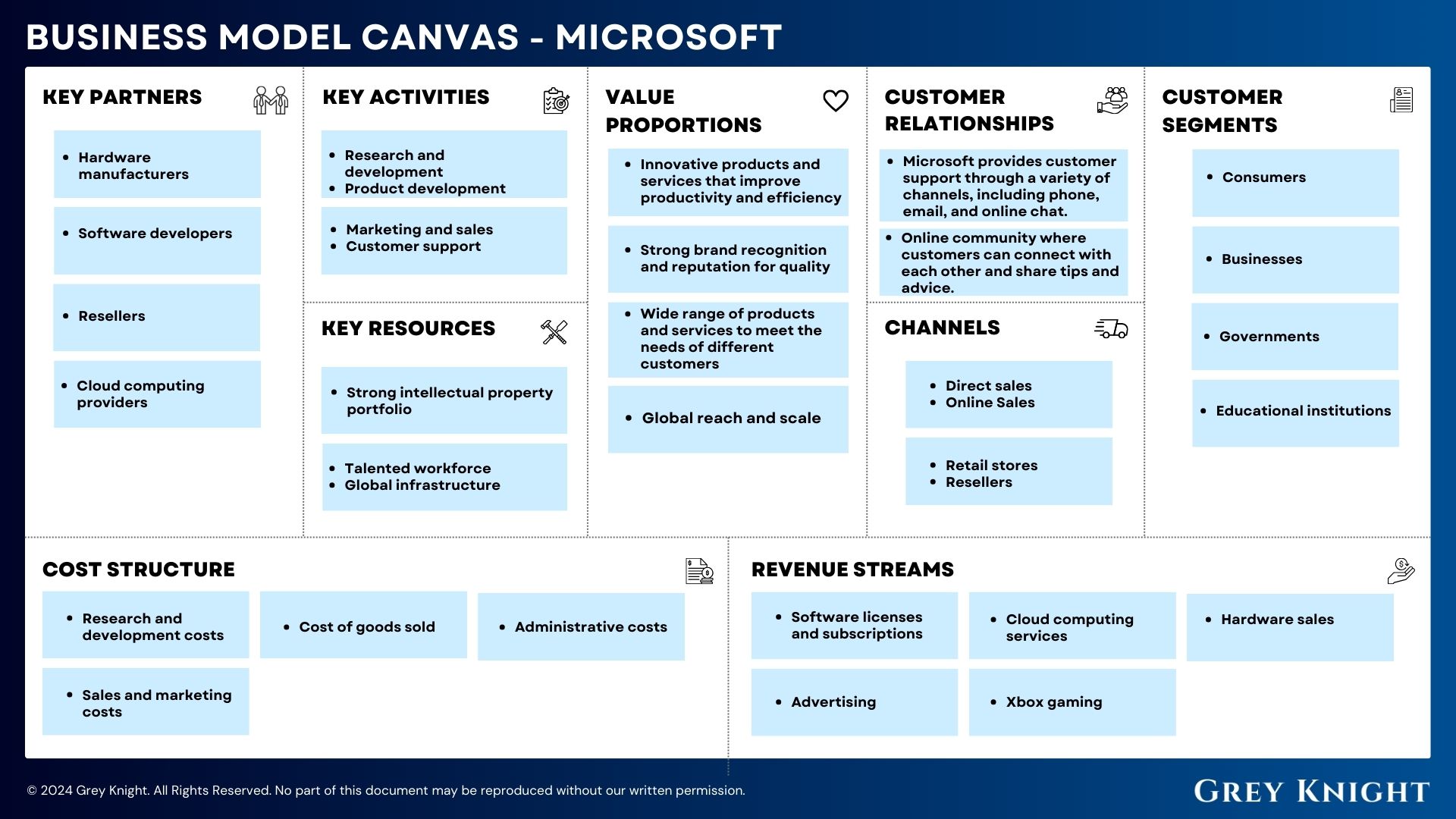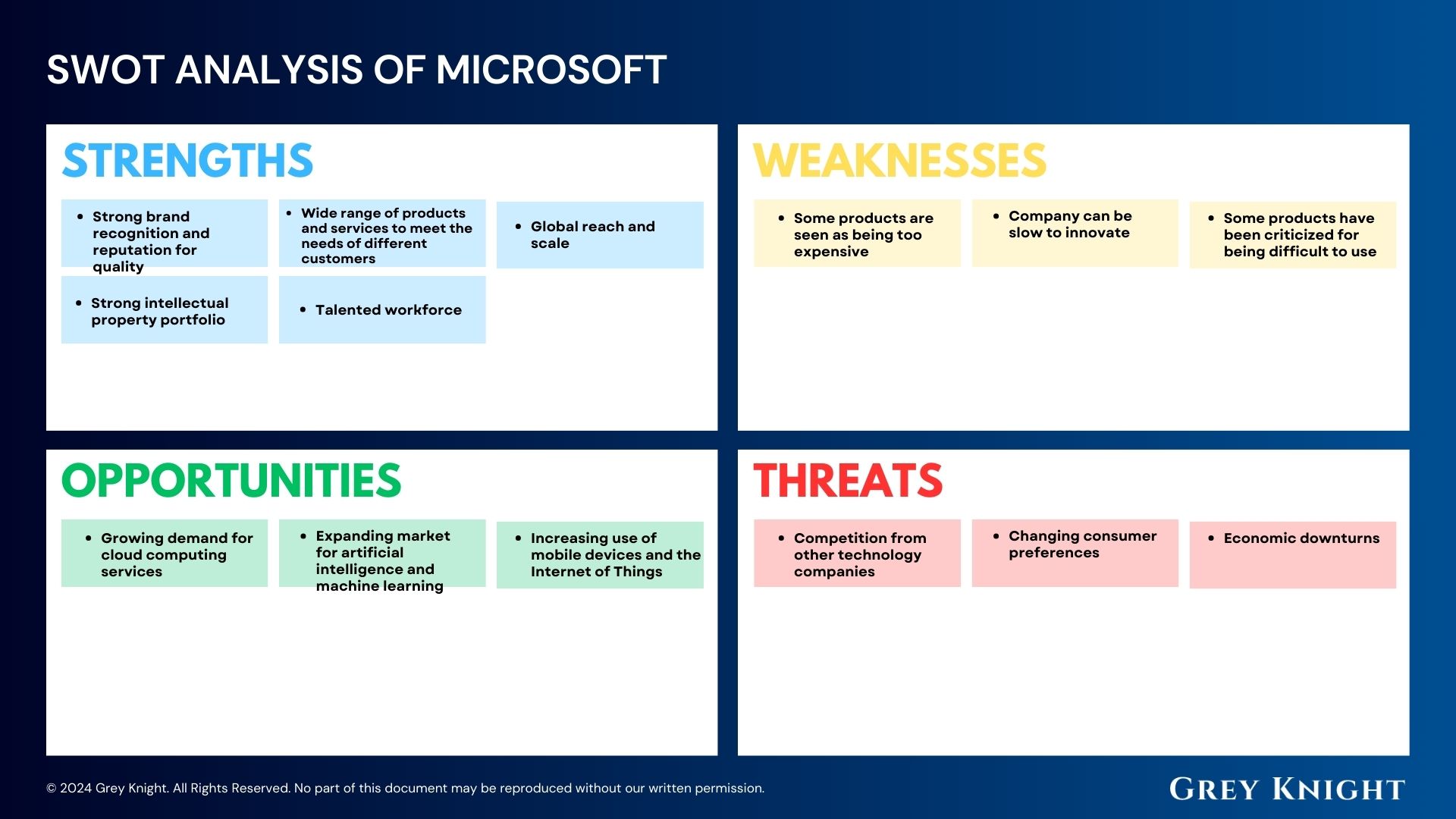Table of Contents
ToggleA Brief History of FedEx
FedEx Corporation, originally known as Federal Express, was founded in 1971 by Frederick W. Smith. The company’s origins can be traced back to Smith’s college term paper in which he outlined the idea of an integrated air-courier system. After serving in the military and working for various companies, Smith secured financial backing and launched Federal Express on April 17, 1973, with 14 small aircraft flying between 25 cities in the United States.
In 1974, Federal Express began offering international services, and by the late 1970s, the company had expanded to serve major cities across the globe. In 1983, the company rebranded as FedEx, which became a household name and a leader in the express delivery industry.
Throughout the 1980s and 1990s, FedEx continued to grow and innovate, introducing new technologies and services to streamline its operations. The company’s acquisitions of other delivery and logistics companies, such as Caliber System Inc. (parent company of RPS) and Kinko’s, further expanded its reach and capabilities.
In the 21st century, FedEx has continued to adapt to the changing landscape of e-commerce and global trade. It has expanded its services to include freight forwarding, logistics, and supply chain management, and has invested in sustainability efforts and alternative energy sources for its fleet.
Today, FedEx Corporation is a global leader in shipping and logistics, serving millions of customers in over 220 countries and territories. The company is known for its iconic purple and orange branding and its commitment to delivering packages quickly and reliably.
Who Owns FedEx?
FedEx Corporation is publicly traded on the New York Stock Exchange and therefore owned by its shareholders. The top 10 shareholders in FedEx Corporation as of the most recent filing are as follows: The Vanguard Group, Inc., BlackRock, Inc., State Street Corporation, Berkshire Hathaway, Inc., Primecap Management Company, Capital World Investors, T. Rowe Price Associates, Inc., SSgA Funds Management, Inc., and Wellington Management Group. These top shareholders hold significant stakes in the company and exert influence on its direction and decisions.
FedEx Mission Statement
FedEx Corporation’s mission statement is to deliver excellence to customers through its people, systems, and network. The company strives to provide the highest quality service, reliability, and information at the lowest possible cost. FedEx aims to focus on the customer and provide solutions to meet their needs, while also committing to the highest professional and ethical standards. The company seeks to create value for shareholders, employees, and surrounding communities by maintaining strong relationships and delivering outstanding results.
How FedEx Makes Money?
FedEx Corporation’s business model is based on providing shipping, logistics, and courier services worldwide. The company makes money through various revenue streams, such as shipping fees, freight services, international trade services, and supply chain solutions. FedEx also generates revenue from its subsidiary companies, including FedEx Express, FedEx Ground, FedEx Freight, and FedEx Services. Additionally, the company offers value-added services, such as customs brokerage, e-commerce solutions, and print and copy services, which contribute to its overall revenue. FedEx’s diverse range of services and global network allows it to generate income from a wide variety of sources, making it a leader in the logistics industry.
FedEx Business Model Canvas
The Business Model Canvas is a strategic management tool that allows businesses to visualize, analyze, and develop their business model. It consists of 9 key elements including Customer Segments, Value Propositions, Channels, Customer Relationships, Revenue Streams, Key Resources, Key Activities, Key Partners, and Cost Structure. In this article, we will create a detailed Business Model Canvas for FedEx Corporation.
Customer Segments:
– Global businesses and corporations
– Small and medium-sized enterprises
– E-commerce companies
– Individuals and consumers
Value Propositions:
– Reliable and efficient global shipping and logistics services
– Time-definite delivery options
– Advanced tracking and visibility tools
– Customized supply chain solutions
– International trade expertise
Channels:
– Online platform for shipping and logistics services
– Network of physical stores and drop-off locations
– Partner retail locations
– Direct sales and customer service teams
Customer Relationships:
– Personalized customer service support
– Automated tracking and notification system
– Online self-service tools
– Dedicated account management for business customers
– Loyalty and rewards programs
Revenue Streams:
– Shipping and freight service fees
– Customs brokerage and international trade services
– Value-added services such as packing and packaging supplies
– Sale of transportation vehicles and equipment
Key Resources:
– Global network of air and ground transportation
– Advanced technology and tracking systems
– Trained and skilled workforce
– Brand and reputation
– Network of partners and suppliers
Key Activities:
– Transportation and delivery
– Logistics and supply chain management
– Sales and marketing
– Research and development
– Customer service and support
Key Partners:
– Airlines and transportation providers
– Retail stores and distribution partners
– Technology and software providers
– Customs brokerage and trade partners
– Government agencies and regulatory bodies
Cost Structure:
– Transportation and fuel costs
– Workforce salaries and benefits
– Technology and infrastructure maintenance
– Marketing and sales expenses
– Regulatory and compliance costs
FedEx’s Competitors
FedEx Corporation faces strong competition in the logistics and delivery industry. Some of its top competitors include UPS, DHL, USPS, Amazon Logistics, and TNT Express. These companies offer similar shipping and courier services, as well as supply chain solutions, making the competition in the logistics industry fierce. FedEx must continue to innovate and provide efficient and reliable services to maintain its position in the market.
FedEx SWOT Analysis
Strengths:
1. Strong global brand recognition.
2. Extensive global network and infrastructure.
3. Diverse range of services including shipping, logistics, and e-commerce solutions.
4. Strong customer base including business-to-business and business-to-consumer segments.
Weaknesses:
1. Vulnerability to fluctuations in fuel prices and other external factors.
2. Dependence on third-party transportation providers.
3. High operating costs due to extensive infrastructure and technology investments.
4. Increasing competition from other logistics and e-commerce companies.
Opportunities:
1. Growing e-commerce market and increasing demand for shipping and logistics services.
2. Expansion into international markets, especially emerging economies.
3. Innovation in technology to improve efficiencies and customer experience.
4. Diversification of service offerings to meet changing customer needs.
Threats:
1. Economic downturns and fluctuating market conditions.
2. Regulatory and policy changes affecting international trade and logistics.
3. Emerging competition from tech companies entering the logistics and shipping industry.
4. Environmental concerns and increasing pressure for sustainable business practices.
Concluding Analysis
In analyzing the business model of FedEx Corporation, it is clear that the company’s innovative approach to logistics and e-commerce has positioned it as a major player in the industry. With a focus on technology, sustainability, and customer experience, FedEx has continued to adapt and thrive in a rapidly changing market. Looking ahead, I am optimistic about the future of the business. As e-commerce continues to grow and the demand for efficient shipping solutions increases, FedEx is well-positioned to capitalize on these trends. By staying at the forefront of technology and continuing to prioritize customer satisfaction, I believe that FedEx will continue to be a leader in the logistics industry for years to come.
Additional Resources
To keep learning and advancing your career, we highly recommend these additional resources:
Business Model Canvas of The Top 1,000 Largest Companies by Market Cap in 2024
A List of 1000 Venture Capital Firms & Investors with LinkedIn Profiles
Peter Thiel and the 16 Unicorns: The Legacy of Thiel Fellowship












